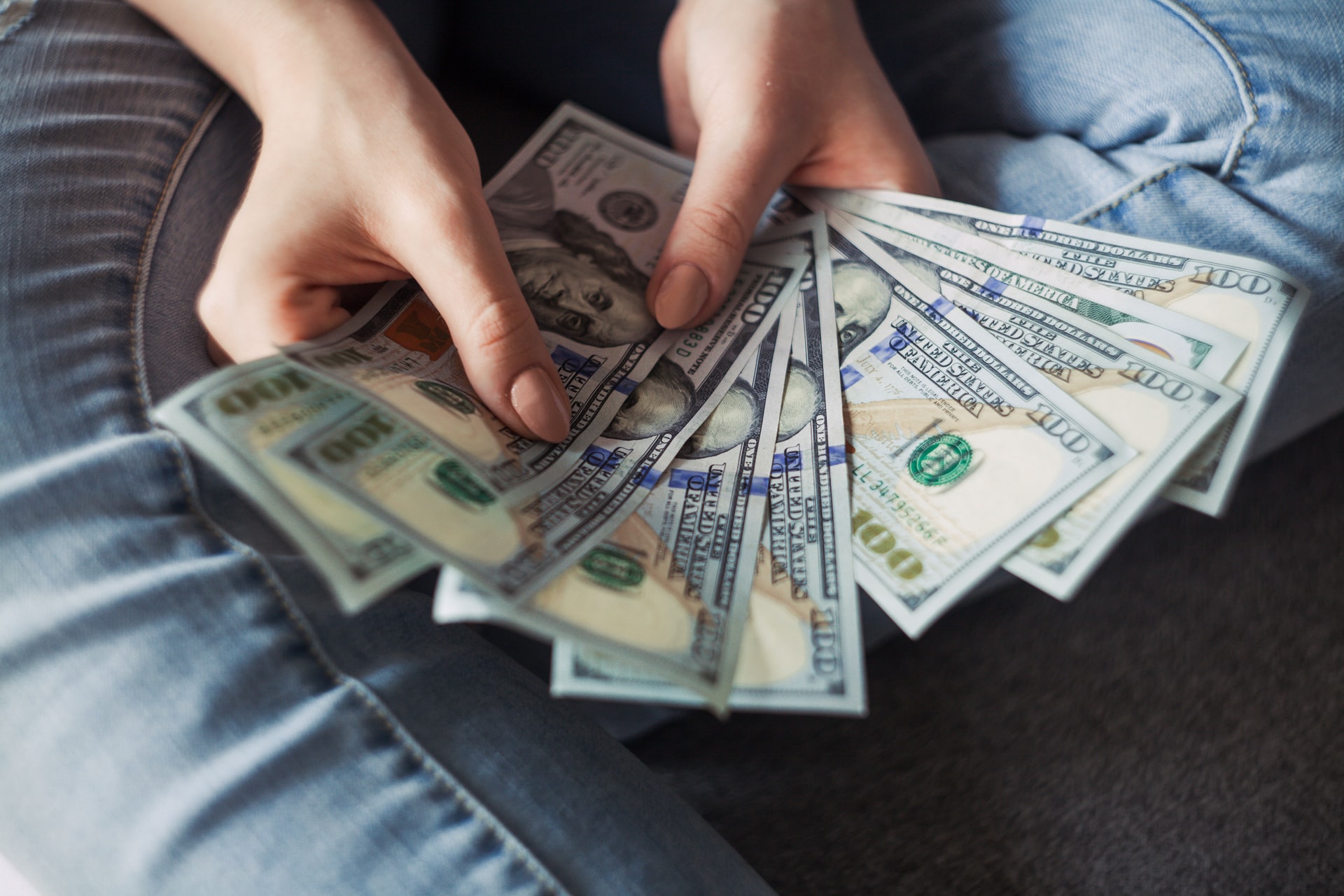In the modern world, the interest rate received from banks and traditional money storage systems doesn’t always match inflation. As a result, many people turn to investing in stocks and buying cryptocurrency to try to make their money more profitable. Alternatively, some people use their investments in digital and financial assets as a way to supplement their income; it is becoming increasingly common to see people starting up investment portfolios with the dreams of retiring early.
Whatever your motivation for starting on your investment journey, there are several fundamental key principles and options that you should understand before committing too early and possibly losing your cash. From understanding what to invest in, to when to start investing, there are several key concepts you should familiarize yourself with before setting out.
Things to Do Before You Start Investing
Let’s say you want to invest $1,000. The first step towards investing that money, regardless of if it is your first time, is to think and consider several key factors. Understanding the market is critical to making sure your investment is profitable in the long term, rather than just a spur-of-the-moment decision that you hope will make you rich.
Looking at what expert analysts have said about parts of the market that catch your eye or about the market as a whole is a great way to get a handle on what the major trends are when you start. But then, combining expert opinions with your research about the company you want to put money into is a great way to make sure your investment is as likely as possible to be profitable.
1. Decide When to Start Investing
The most important aspect of trading or investing in any sort of instrument is timing, so asking yourself some crucial questions and making sure you can answer them confidently to reassure yourself that you are making the right decision is really important.
You should ask yourself: What does the market look like at the moment? How has it looked in the past? What are likely future trends it might see? Are you financially stable enough at the moment to be able to invest $1,000? Might you need the $1,000 for something more important in a month?
Then, if you are confident in your ability to answer those so that your belief in your chosen instrument is still strong, the time might just be right for you to put that $1,000 to use in your preferred investment. If not, then perhaps you should continue assessing your options until the time is right for you to invest.
2. Assess if You Will Need Access to Your Money
As noted above, one of the critical questions you should ask yourself before investing is whether or not you are financially stable enough to invest $1,000 or if any upcoming urgencies might require payment. Having a firm understanding of your bills and any upcoming payments will help give you more confidence.
Additionally, you may want to, if you haven’t already, set aside some of the money as a security in case there are unexpected payments for any accidents that may occur; whatever the reason, there may be some cause that requires you to have $1,000 handy rather than lock it up in a long-term investment.
3. Understand the Investment Risk Levels
Investments can be fickle sometimes. Markets fluctuate rapidly, meaning that there is the possibility that your investment may lose value in the short or long run. Whether this is because of a threat to a specific industry or an international loss of confidence in markets as a whole, there are a vast number of reasons your investments might fall.
Additionally, if you are looking to make a long-term investment, as many people are, then there is an even greater possibility that your portfolio might drop, given that it has been out of your hands for so long. While markets do tend to increase over time, a fundamental feature of stock markets is that they are uncertain. Investing in stocks requires you to accept a level of risk that you don’t have in a bank or other, more secure, holding location.
4. Identify Investment Apps with Low Minimum Requirements
If you are looking to make this investment personally and not through a broker, it will be important to look for an app that will allow you to hold the amount you want to invest. In other words, finding a system or app that will allow you to invest $1,000 and not limit you because of its high minimum requirements, which some companies do have.
Where to Invest Your $1,000
There are so many ways to invest your $1,000 nowadays—once you have decided that it is a good time and that you have the financial means to be able to do so. If you are unsure about which one to choose, it is important to remember that researching your options is the best thing you can do; you should always avoid acting hastily when investing if you have the opportunity, and you nearly always do.
Use Auto-Investing and Set a $1,000 Limit
Some apps or digital investment platforms allow you to auto-invest, meaning that you automatically put an amount into your portfolio at select periods, allowing you to stay on top of your investments throughout the year.
How to Invest $1,000: The Bottom Line
There are so many ways to invest in the modern digital age, so ensuring that you research all of your available options is always the most important thing you can do. It is especially so when starting out with your first $1,000: getting your foot in the door and getting comfortable with investing can be one of the best ways to improve your personal wealth in the future, as long as you are willing to accept some risk as well.
Choosing the right time and then getting started on your investing journey could well change your life, so start researching.







